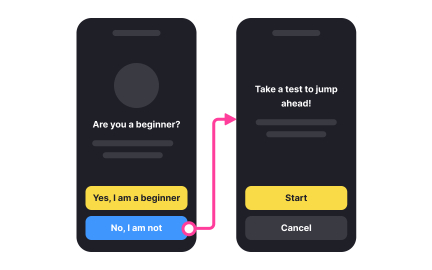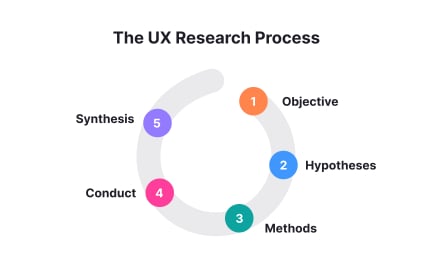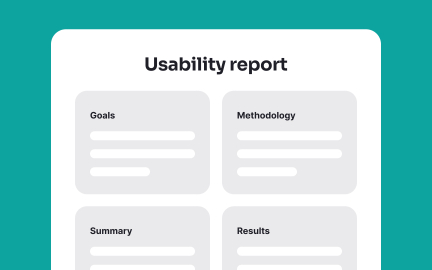User Testing
User testing is the process of evaluating a product by observing real users as they attempt tasks, helping teams uncover usability issues and validate decisions

TL;DR
- Evaluates products with real users performing tasks.
- Reveals usability issues and pain points.
- Validates design assumptions and features.
- Guides iterative improvements before and after launch.
Definition
User testing is a research method where participants interact with a product or prototype while researchers observe, measuring how effectively and efficiently users can achieve their goals.
Detailed Overview
User testing is one of the most practical methods for ensuring products meet real user needs. By observing people complete tasks within an interface, teams uncover where designs succeed and where they fall short. The goal is not to test users, but to test how well the product supports them.
A frequent question is how user testing differs from QA testing. QA verifies whether software functions as intended, while user testing evaluates whether people can use it comfortably and effectively. For example, QA ensures a login button works, but user testing checks if users can find it easily.
Another common query is about when to conduct user testing. Teams can test at multiple stages: with low-fidelity wireframes, interactive prototypes, or fully developed products. Early testing prevents costly rework by identifying usability problems before launch. Post-launch testing reveals how real-world use compares to assumptions.
Teams often ask how many participants are needed. Research suggests that five users often uncover the majority of usability issues. Small, frequent tests are more effective than large, one-off studies. The goal is to spot patterns rather than cover every possible user scenario.
User testing also raises questions about methods. Common approaches include moderated sessions, where a facilitator observes in real time, and unmoderated sessions, where users complete tasks remotely on their own. Both methods generate insights, with moderated tests offering depth and unmoderated tests offering scale.
Finally, user testing supports business impact. Products tested with real users are more likely to achieve adoption, satisfaction, and retention. Identifying usability issues early reduces redesign costs, increases efficiency, and strengthens trust between product and user.
Learn more about this in the User Testing Exercise, taken from the Design Processes & Research Methods Lesson, a part of the UX Design Foundations Course.
QA checks whether a product functions correctly, while user testing examines whether users can navigate and succeed within it. Both are important, but user testing focuses on experience, not just functionality.
This distinction ensures teams address both technical quality and usability.
User testing can happen during prototyping, development, and after launch. Testing early reduces rework, while ongoing tests after release keep products aligned with real needs.
Regular testing ensures insights inform continuous improvement.
Five to eight participants are usually enough to reveal recurring usability problems. Smaller, repeated studies are more efficient than one large test.
Patterns matter more than statistical precision in usability testing.
Moderated tests allow researchers to ask questions in real time, while unmoderated tests collect data remotely. Each has strengths; moderated sessions provide detail, unmoderated provide scale.
Choosing the right method depends on research goals and resources.
It reduces costly redesigns by catching usability problems early. Well-tested products improve user satisfaction, adoption, and retention, leading to stronger business performance.
User testing aligns design quality with measurable business results.
Recommended resources
Courses

The Product Development Lifecycle & Methodologies

Business & Technical Fundamentals for PMs

Color Psychology
Lessons

Design Processes & Research Methods

Design Processes

Testing UX Copy
Assessments

Wireframing

Usability Testing

Prototyping
Projects

Fresh Baladi | Real-Time Bakery Alerts App | UI UX Case Study

Iron Fit














